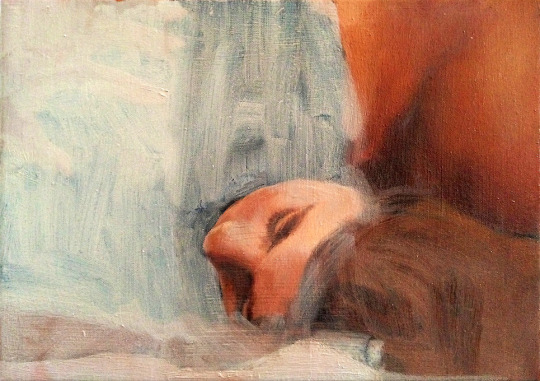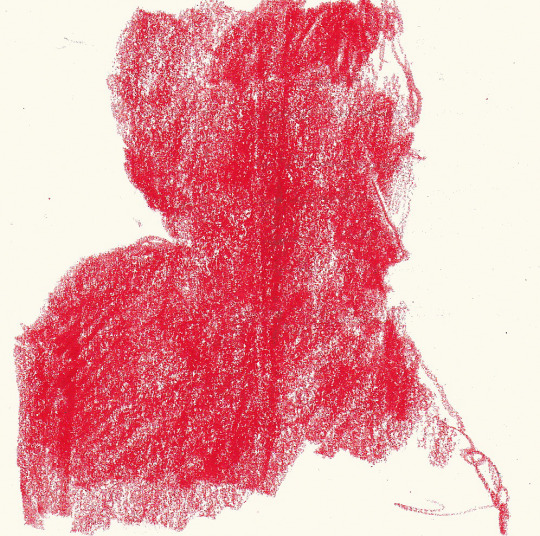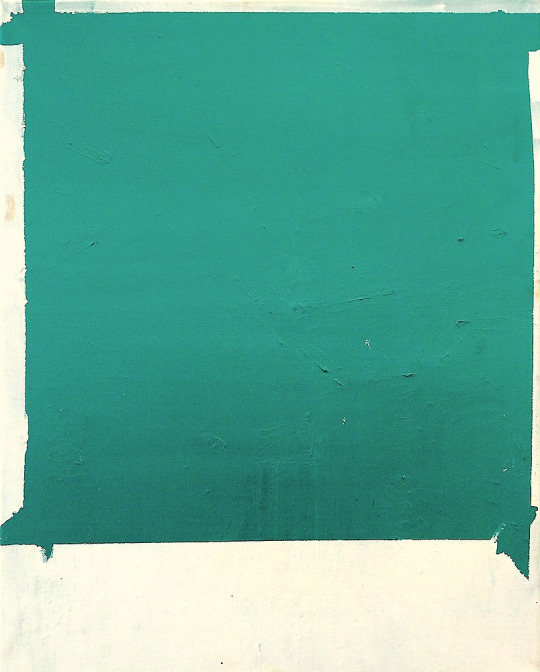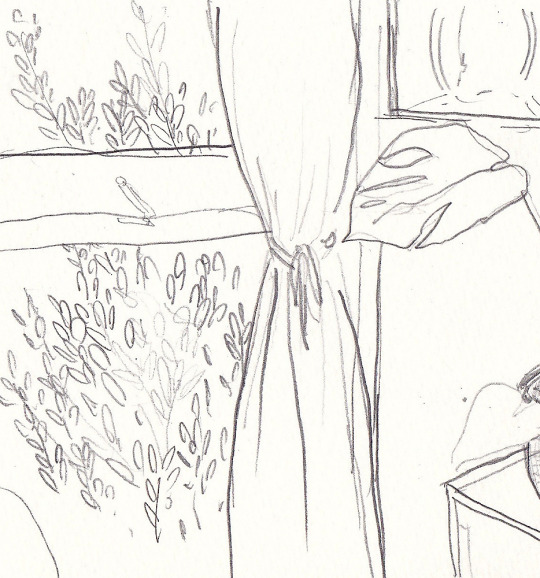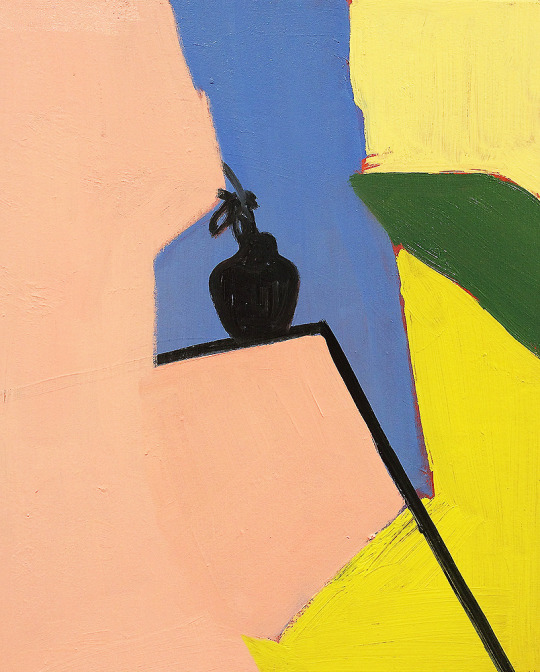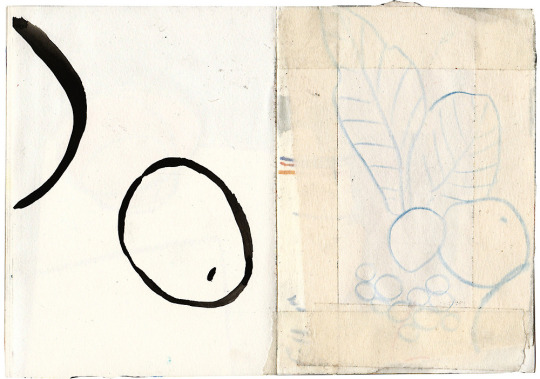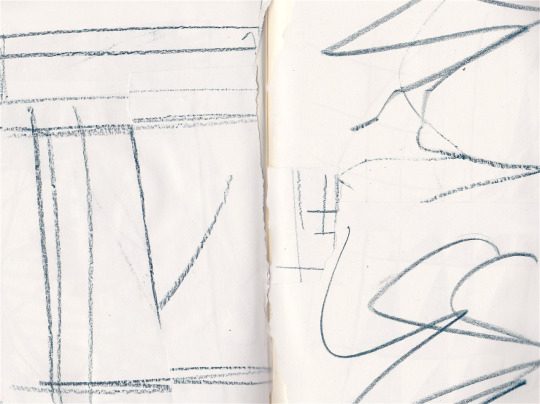#shanti shea an
Text
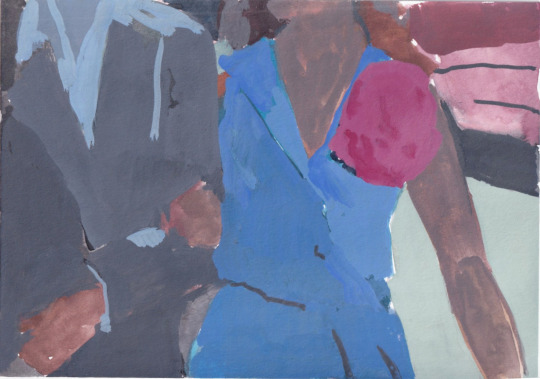
Pink flower (SATC) 2, 2023
gouache on paper
15 x 21 cm
39 notes
·
View notes
Text
God damn The Lighthouse (2019) is really fucking good.
#i say this as a person whos not into pirates or shea shanties or any of that stuff#just a really good film about lighthouse keepers in the 18somethings going mad#movie night :-)#the lighthouse
9 notes
·
View notes
Photo

#Shanti #soap #VanillaMoon #peace #arganoil #Shea #coconut #amber #sandalwood #musk #calming To order please visit website in bio, thank you. 🫧☮️ https://www.instagram.com/p/CoGNLrdvZEH/?igshid=NGJjMDIxMWI=
0 notes
Photo
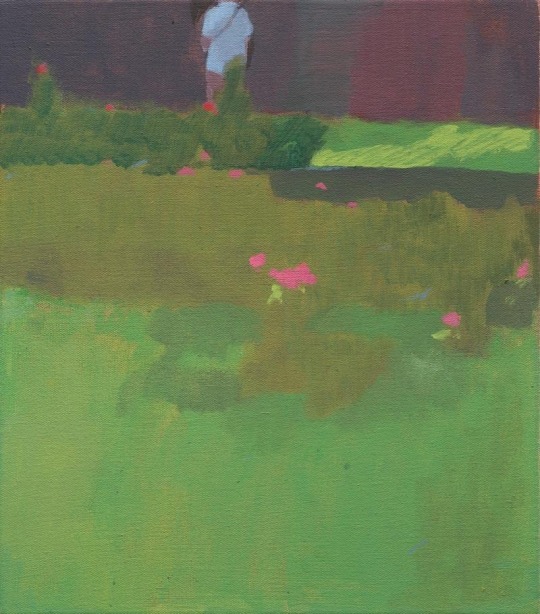
Shanti Shea An, Small visitor, 2021, oil on canvas, 41 x 36 cm
27 notes
·
View notes
Text
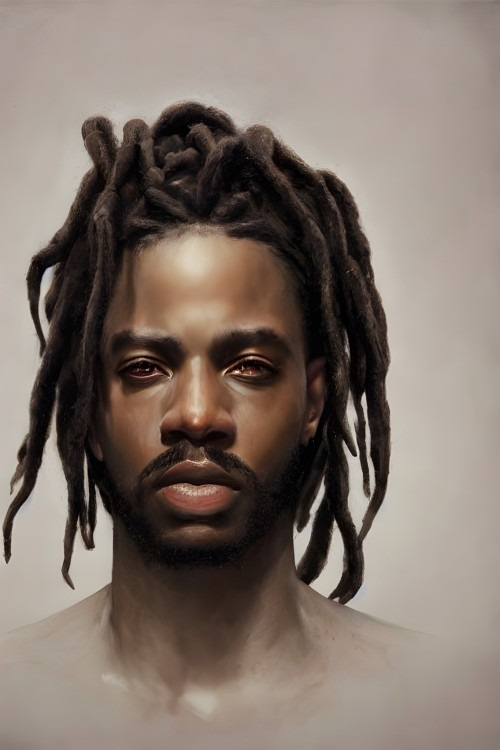
Locs: A Versatile & Protective Hairstyle For Natural Hair
The History of Locs
The hairstyle involves matting or locking sections of hair together to form rope-like strands. They are also known as dreadlocks, dreads, or locks. Locs have been worn by various groups of people throughout history, dating back to ancient times. Some of the earliest depictions of locs can be found in sculptures and paintings from ancient Egypt, India, Greece, and Ethiopia. Locs were also common among the Rastafari movement in Jamaica, the Maasai warriors in Kenya and Tanzania, the Sadhus (holy men) in India, and the Bobo Shanti (a sect of Rastafari) in Ethiopia.
They are not exclusive to any one culture or religion, but rather a reflection of personal expression, spirituality, and identity. Locs can also symbolize resistance, rebellion, freedom, and empowerment for some people who face oppression or discrimination because of their hair.
The Benefits of Locs
Locs are a great hairstyle for natural hair because they offer many benefits, such as:
Protection: Locs protect the hair from damage caused by heat styling, chemical treatments, and environmental factors. They also help the hair retain moisture and prevent breakage and split ends.
Versatility: Locs allow for a range of possibilities in color and style—they can be formed into braids, twists, set on rollers, put into updos, cut into shorter lengths, and more. A variety of loc jewelry can also be incorporated into these styles as well.
Low-maintenance: Locs are easy to maintain once they are fully matured. They do not require frequent washing, brushing, or combing. They only need occasional re-twisting or palm-rolling to keep them neat and tidy.
Personality: Locs are a way of expressing one’s individuality and creativity. They can reflect one’s mood, attitude, and style. They can also be a source of pride and confidence for many people who embrace their natural hair texture.
The Stages of Locs
Locs are not formed overnight. They go through different stages of development before they reach maturity. The stages of locs are:
Starter stage: This is when the hair is sectioned and twisted or braided into coils. This stage can last from a few weeks to a few months depending on the hair type and method used.
Budding stage: This is when the coils start to swell and form buds or knots at the ends or along the shaft. This stage can last from a few months to a year or more depending on the hair type and method used.
Teenage stage: This is when the buds start to shrink and tighten into cylindrical shapes. The locs may look frizzy, fuzzy, or uneven at this stage. This stage can last from a year to two years or more depending on the hair type and method used.
Mature stage: This is when the locs are fully compacted and smooth. They have a uniform shape and size and feel firm to the touch. This stage can take from two years to four years or more depending on the hair type and method used.
Rooted stage: This is when the locs have grown long enough to touch the scalp or hang down past the shoulders. The roots may be loose or interlocked depending on the preference of the wearer. This stage can take from four years to six years or more depending on the hair type and method used.
The Care of Locs
Locs may be low-maintenance, but they still need proper care to keep them healthy and beautiful. Some tips for caring for locs are:
Wash your locs regularly: Depending on your scalp condition and activity level, you may need to wash your locs every week or every two weeks. Use a mild shampoo that does not leave any residue or buildup on your locs. Rinse thoroughly with warm water and squeeze out excess water with a towel.
Moisturize your locs daily: Spray your locs with a leave-in conditioner or hydrating mist that contains natural ingredients such as aloe vera, coconut oil, or shea butter. This will help prevent dryness and brittleness and add shine.
0 notes
Text

_______ Shanti Shea An.*
11 notes
·
View notes
Text

Shea Stadium contact sheet, August 15 1965 (Photos by Robert Freeman)
65 notes
·
View notes
Text
there lies trans joy in singing songs in the deepest voice you can do
#feeling very euphoric today#bonus points if the songs a shea shantie or a country song#non binary#trans
8 notes
·
View notes
Photo
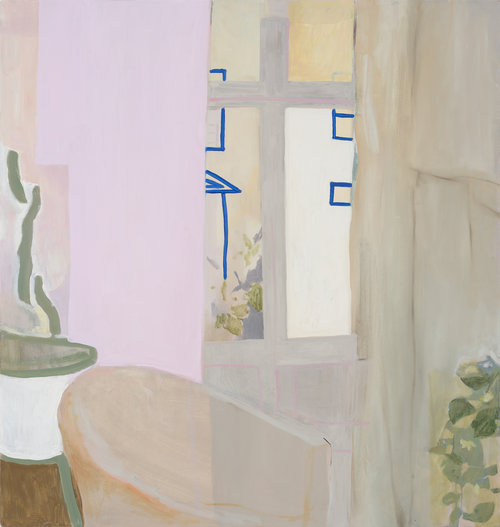
Shanti Shea An
#shanti shea an#shantisheaan#painting#oil painting#pastel#pale#bathroom#interior#modern painting#abstract#bathtub#bath tub#plant#window#room
40 notes
·
View notes
Text
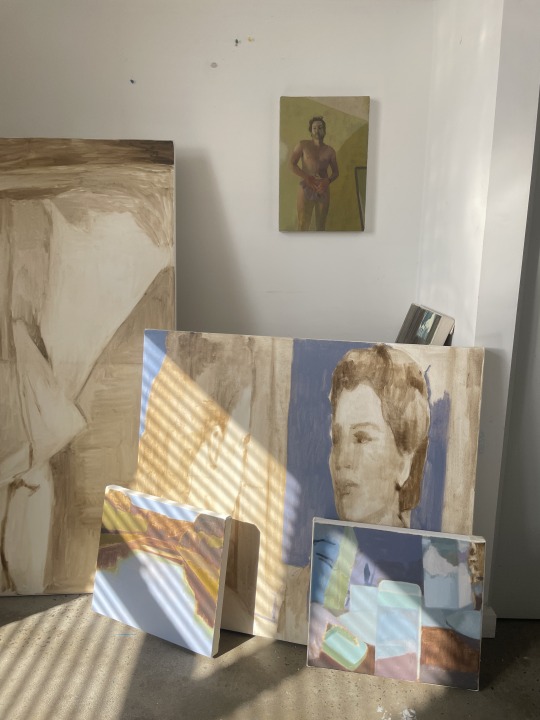
Miss this light
26 notes
·
View notes
Photo
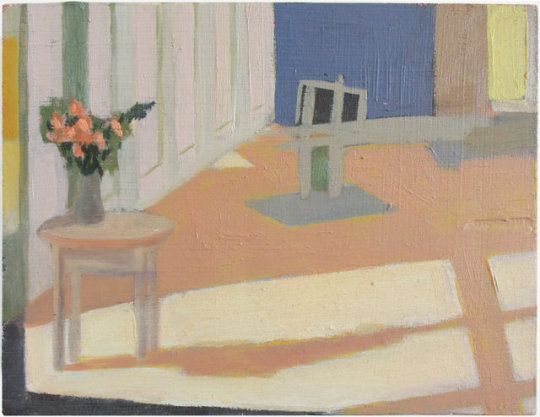
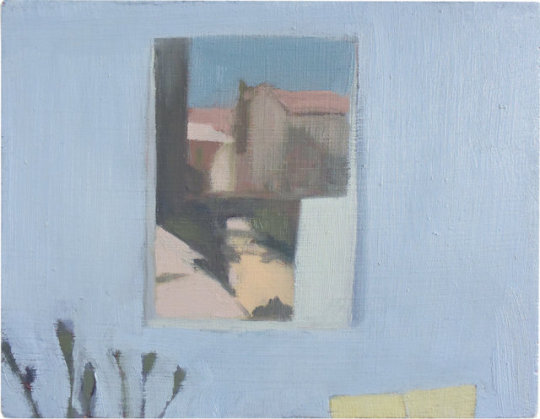

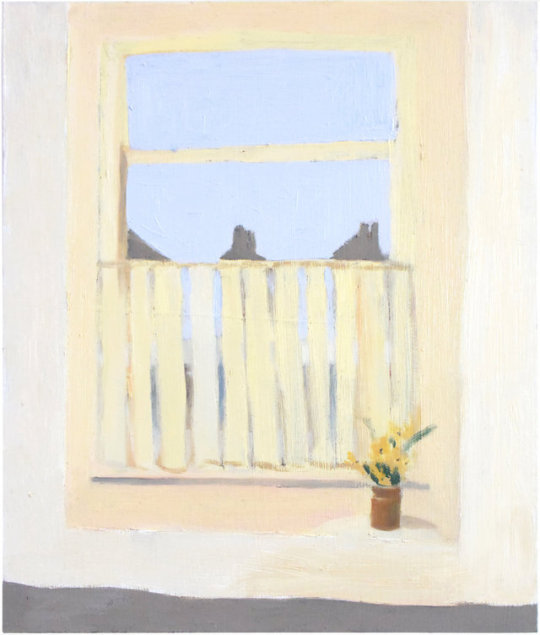
Shanti Shea An
pt. 1, source (X)
3 notes
·
View notes
Text
Yall thought I wouldn't do it


11 notes
·
View notes
Photo

Quiet painting, oil on canvas 2015 by Shanti Shea An
1 note
·
View note
Photo
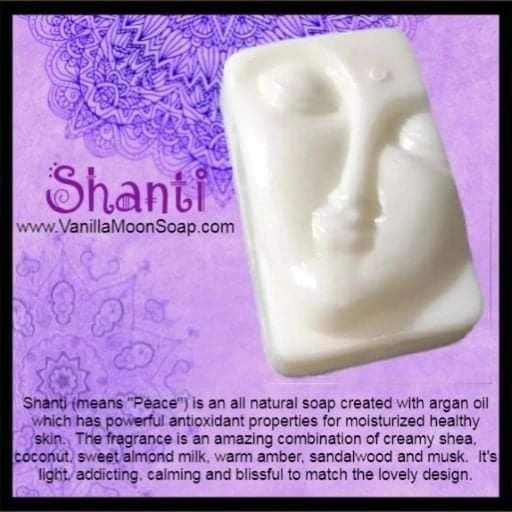
#Shanti #soap #VanillaMoon #argan #Shea #coconut #sweetalmond #amber #sandalwood #musk #peace #calm #bliss To order please visit website in bio, thank you. 💖 https://www.instagram.com/vanillamoonsoap/p/CZIH988PdMb/?utm_medium=tumblr
0 notes
